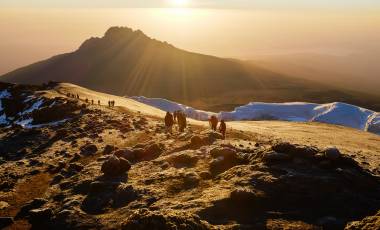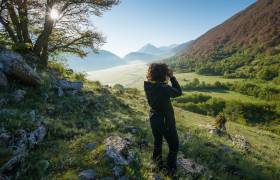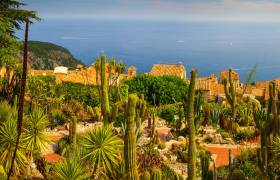Read time – 2 minutes
Exodus Product Director and veteran Kili climber Jim Eite takes us to the summit of Mt. Kilimanjaro – but which route to success is right for you?
On most mountains, the only way is up, but on Kili, you have a choice!
Which is the Best Kilimanjaro Route?
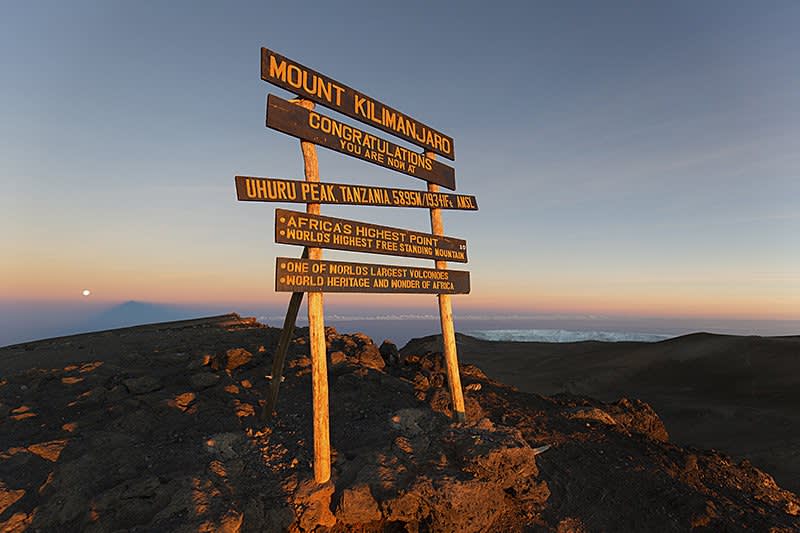 Your goal: Uhuru Peak, Mount Kilimanjaro
Your goal: Uhuru Peak, Mount Kilimanjaro
There are seven routes in total to take to the roof of Africa – but Exodus only offers two of them, because we believe they’re the best by a long way.
Over my past ten years at Exodus, I believe that we have stayed well and truly at the forefront of treks on Kilimanjaro. We were one of the first companies to start offering the beautiful Rongai Route, and the Lemosho Route gives us one of the highest success rates on the mountain, with roughly 96% of trekkers making it to the top.
So, with these two routes, what are the differences, and which way to the summit is best for you?
Rongai Route
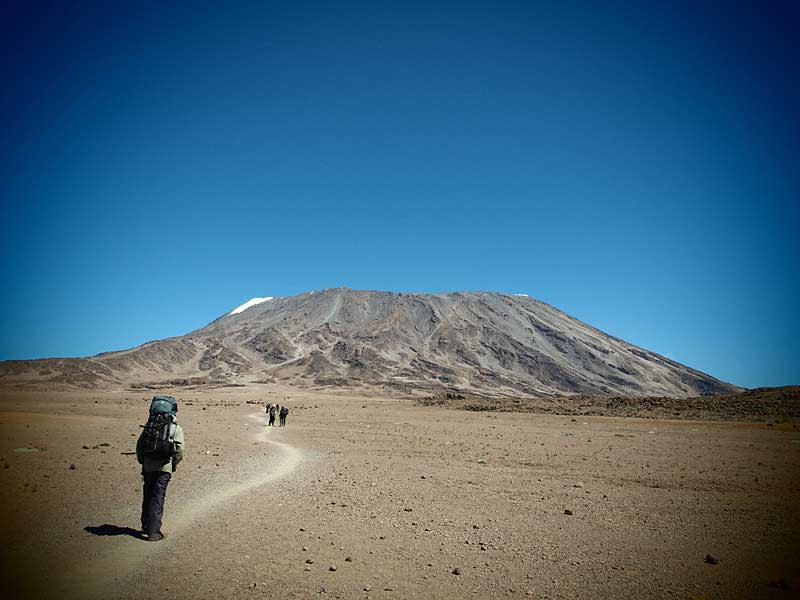 Crossing The Saddle, Rongai Route
Crossing The Saddle, Rongai Route
In some books, this route is also called ‘Nale Moru’ or ‘Liotokitok’ but most now use the name Rongai. Although some companies offer it as a five-day trek, in my opinion, this doesn’t give you the best option on Rongai.
The five-day route gives little time to acclimatise and bypasses Mawenzi, one of the three volcanoes that make up Kilimanjaro.
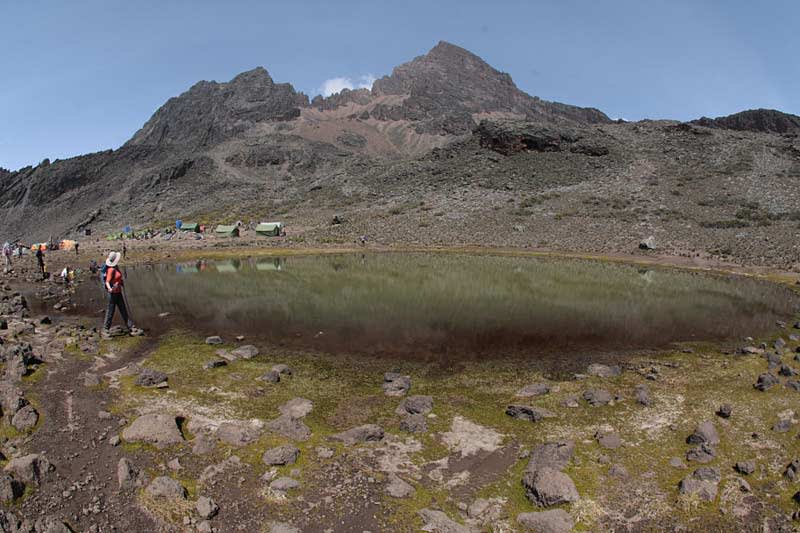 Mawenzi tarn, Rongai Route
Mawenzi tarn, Rongai Route
Mawenzi is a jagged peak formed when the volcanic cone eroded away, leaving a volcanic plug jutting out of its surroundings. Generally unclimbed now due to dangerously loose rock, it forms a spectacular backdrop to the third night on the six-day Rongai Route climb – the night that’s missed out on a five-day climb!
The six-day climb is an ideal way up for those who are either not so confident at altitude, or unsure of their physical fitness. Although the summit day on every route is tough, the prior four days trekking on Rongai are not, and if you acclimatize well this is an ideal option.
Lemosho Route
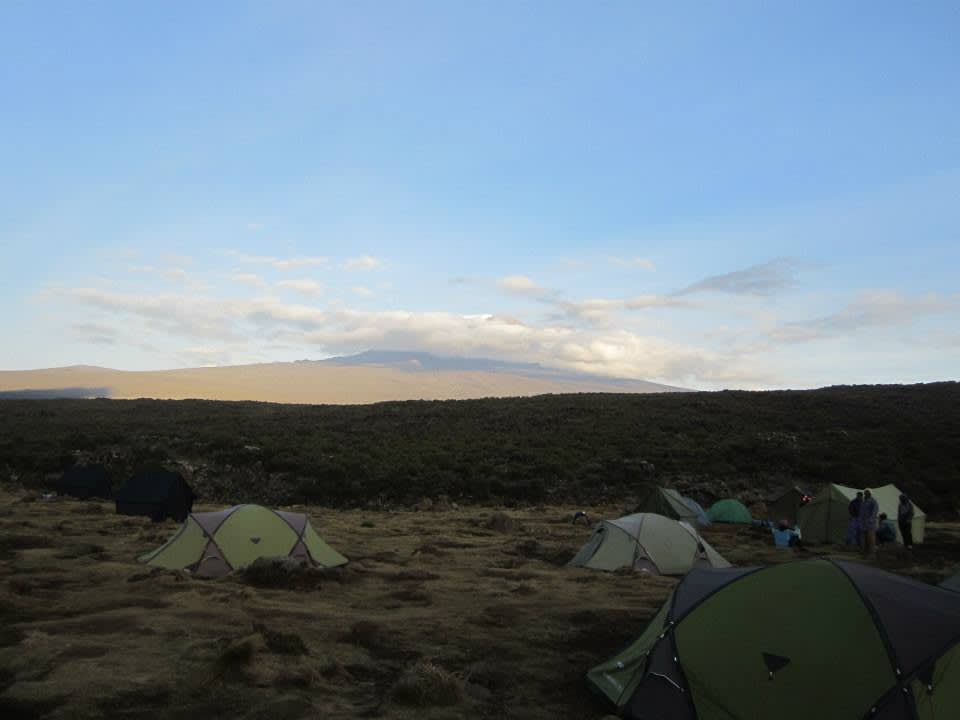 The sunrise at Shira 1 Camp, Shira Plateau
The sunrise at Shira 1 Camp, Shira Plateau
Climbing from the west the route winds its way up onto the Shira plateau, left by the collapse of Shira volcano into a caldera and then filled by lava when Kibo, the third and highest volcano, erupted many years ago.
The most challenging stretch for many is the Barranco Wall, a short steep climb on the fifth day’s walking.
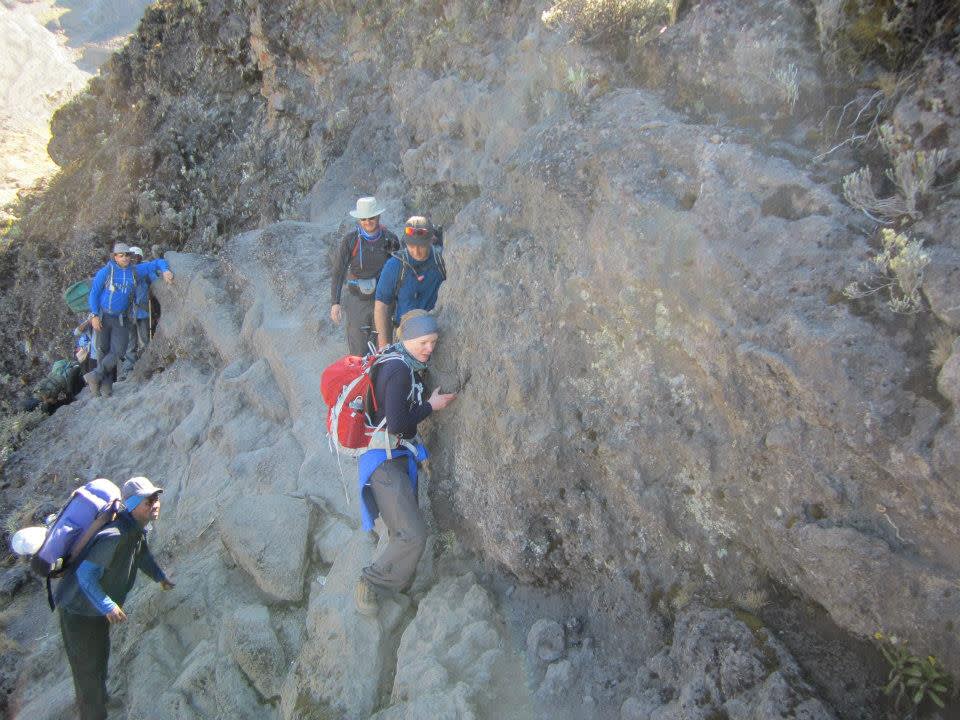 The Barranco Wall
The Barranco Wall
This route is the ideal trek for those who are confident trekking for eight consecutive days, but maybe not so experienced at altitude.
The extra two days allows time to acclimatize, before heading to the summit from Barafu. Again the summit day is tough – a 12-hour day, climbing and descending well over a 1000m in altitude.
Rongai vs Lemosho: the Top 3 Differences:
- Days on the mountain – Rongai is six days trekking, and Lemosho is eight days, giving you more acclimatisation time but more consecutive days walking.
- Undulations – Lemosho Route is more undulating, so you’ll include descent as well as ascent each day, whereas on Rongai Route you’ll generally gain altitude steadily each day, and will have a circular walk at Mawenzi in the afternoon where you gain height and drop back down to sleep.
- Number of trekkers – Lemosho is more remote and sees only half the number of trekkers compared to the Rongai route. Both are more scenic, traverse the mountain and are significantly quieter than Machame, or the slog that is the Marangu route!
Sunrise
You’ll see the sunrise from different points on each – the Rongai Route you see the sunrise from Gillman’s Point, and the Lemosho Route you see it from Stella Point – but both finish at the same point, Uhuru Peak (5895m).
Fitness
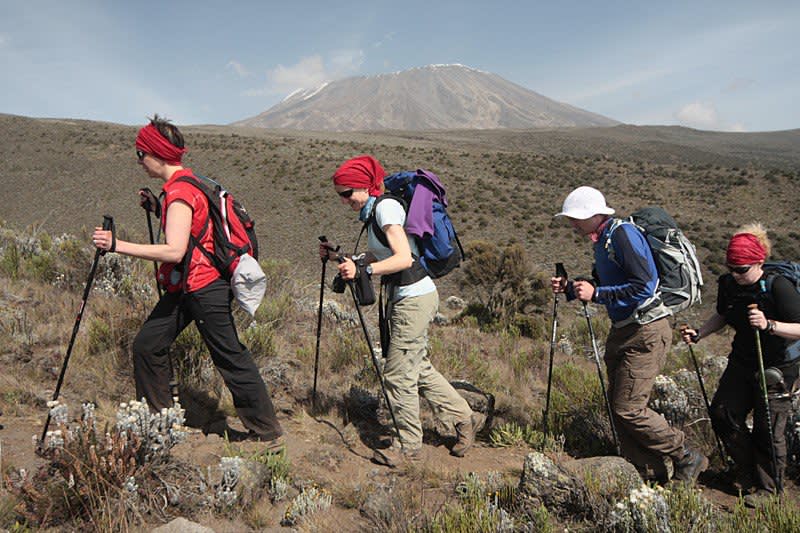 Trekkers on Kilimanjaro
Trekkers on Kilimanjaro
On all routes the summit day is tough, and your fitness – both mental and physical – will be tested. On summit day, the altitude gain and distance covered (from Barafu on Lemosho route, or Kibo on the Rongai route) is similar to that of ascending Ben Nevis, but with 50% of the oxygen!
For those who haven’t trekked at altitude, it is hard to imagine the effect of this, but I can assure you it makes it hard. Prior to your trek, improving your cardiovascular fitness will help, as your body will be more efficient at getting oxygen round your system, but there is little that can help you prepare for the altitude.
If I was you, I’d get some fitness training now. When you get there, listen to your guides and body as you start to experience what a lack of oxygen can do to you.
Why We Avoid Marangu and Machame Routes
The crowded Marangu and Machame trails are offered by many non-specialist trekking operators. We choose not to offer these routes. Over our 40-years of operating we have acquired the knowledge and experience to pioneer new routes and to provide our clients with the best treks possible. So stop considering a slog through Machame Forest or the motorway that’s Marangu, and pull on your boots on Lemosho or Rongai for the climb of your life!
Take a look at our Kilimanjaro routes below in more detail and decide which is the right one for you.


